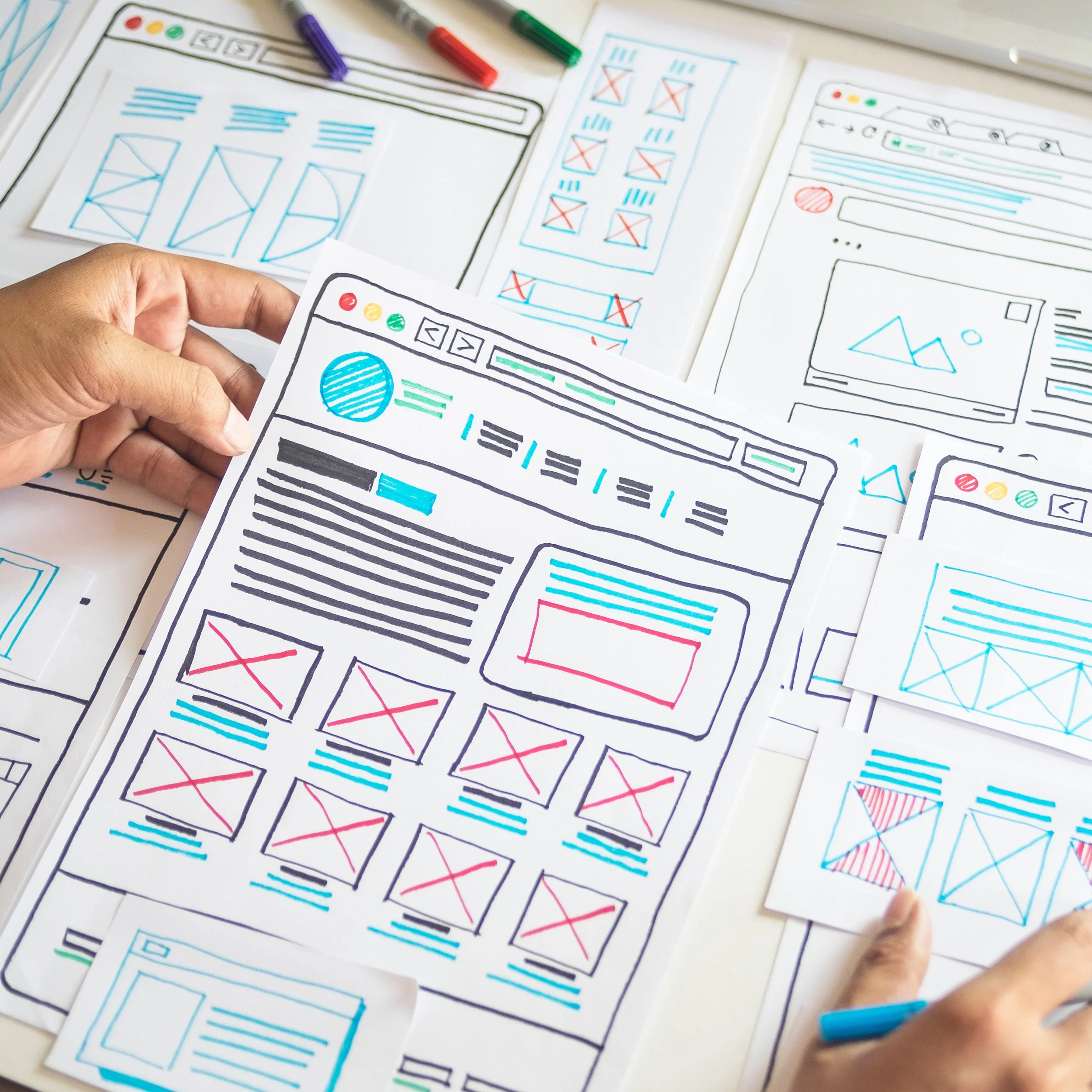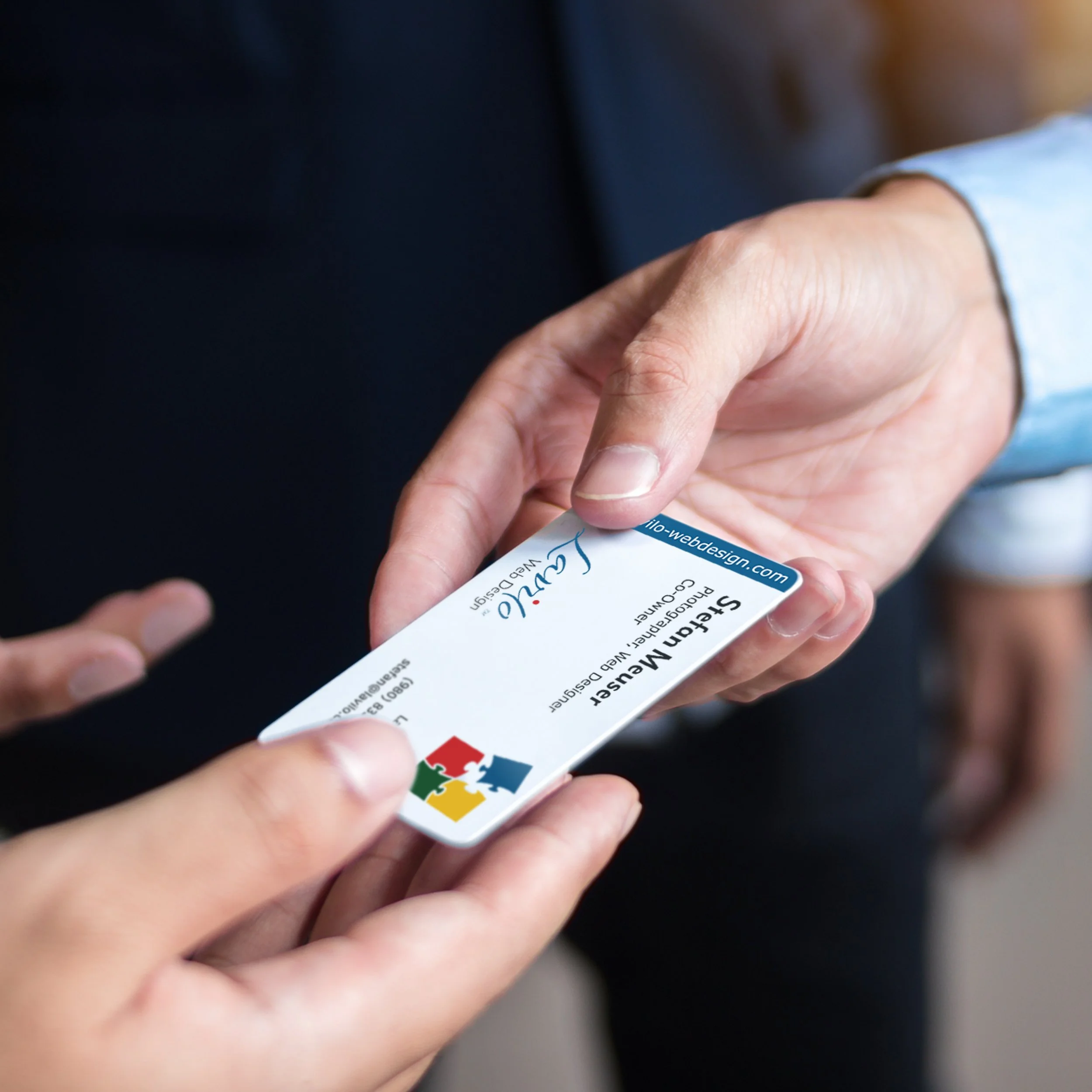Why You Should Avoid Intricate Logos
Intricate logos might look great on a website or a banner. But when you shrink them into a tiny favicon or stitch them onto a t-shirt, they often lose their shape and become unrecognizable.
Those who regularly read my articles know that I'm a fan of simplicity. There is beauty in simple designs. They follow clean lines, focus on the essence, and provide space around an object to make it stand out. When I visit a museum, and each room is packed with exhibits, I feel overwhelmed, lose focus, and tire quickly. It is just too exhausting to absorb everything. Filling a space with things often seems easier than deciding what to leave out. Logo design is no different.
A Logo Is Not Separate From the Brand It Supports
A logo should identify your brand but doesn't need to describe it.
A logo is one of several visual design elements of a brand whose role is to shape its perception in the marketplace.
Since a logo is not separate from the brand it supports but part of the branding toolset, it must therefore conform to the brand guidelines. That's why designing your logo should only begin after you have defined all aspects of your brand.
Logos Are Used Everywhere
As logos identify brands, companies use them everywhere. The broader the use, the higher brand awareness. Here are a few examples of the many ways brands use logos:
Favicon on a website
Profile picture (avatar) in social media
Mark on photographs, pencils, stickers, fridge magnets
Embroidered sign on a t-shirt or seat cover
Store signs, yard signs, posters, car magnets, flags, tablecloths, or banners
Business cards, stationery, folders, mailers, or flyers
Before you think about the design of your logo, write down all the ways you could use the logo. Stretch your imagination a bit and capture crazy ideas too. You can then return to this list later to see if your logo is flexible enough to serve all of these use cases.
Simple Logos Are the Most Flexible
In my experience, intricate logos are the least flexible. They might look great on a website or a banner. But when you shrink them into a tiny favicon or stitch them onto a t-shirt, they often lose their shape and become unrecognizable, which defeats the purpose of a logo as a symbol that identifies your brand.
On the other hand, logos with a simple design look great on a large banner or as a small profile picture on social media. They are scalable and suitable for even the most unusual use cases.













